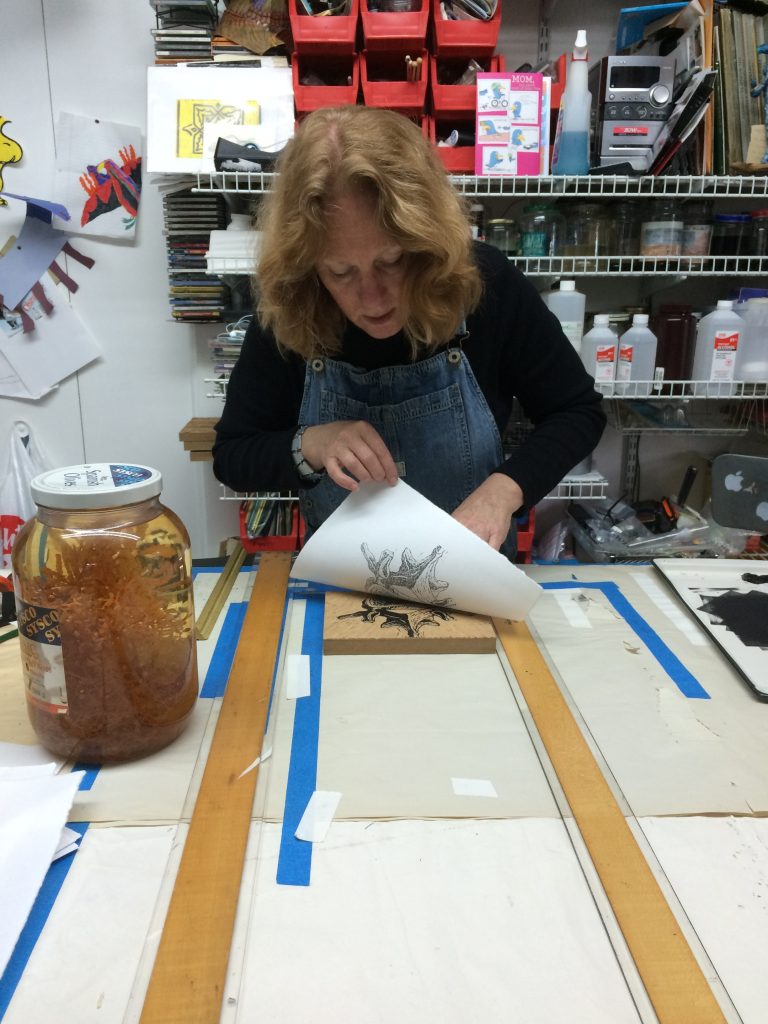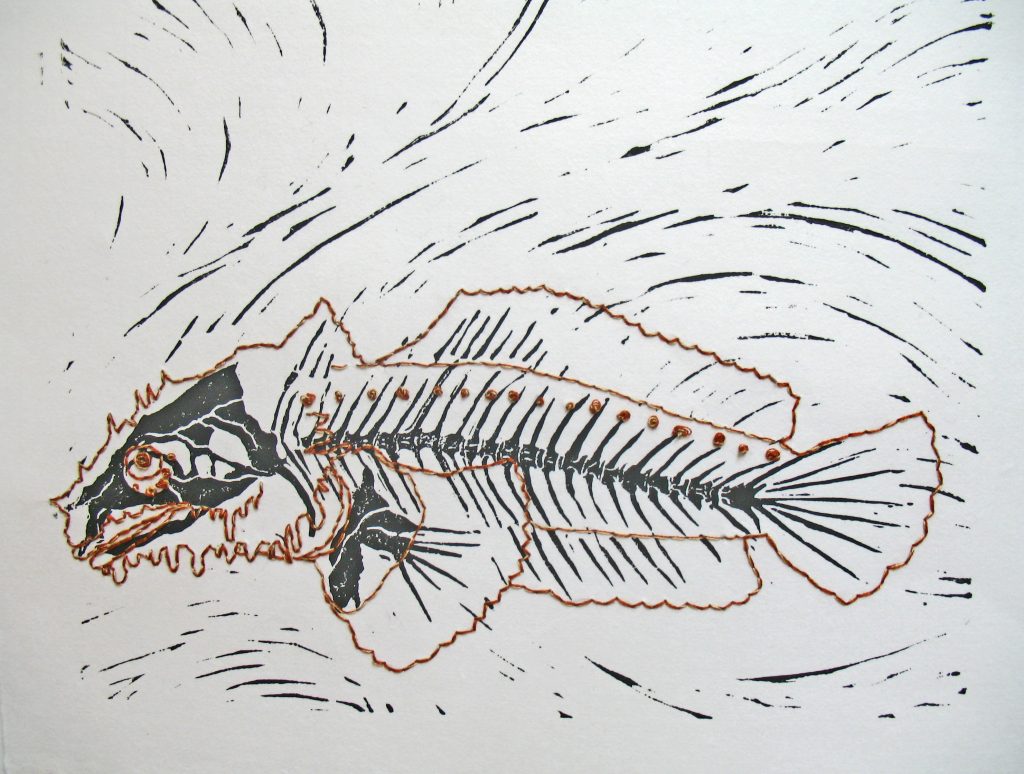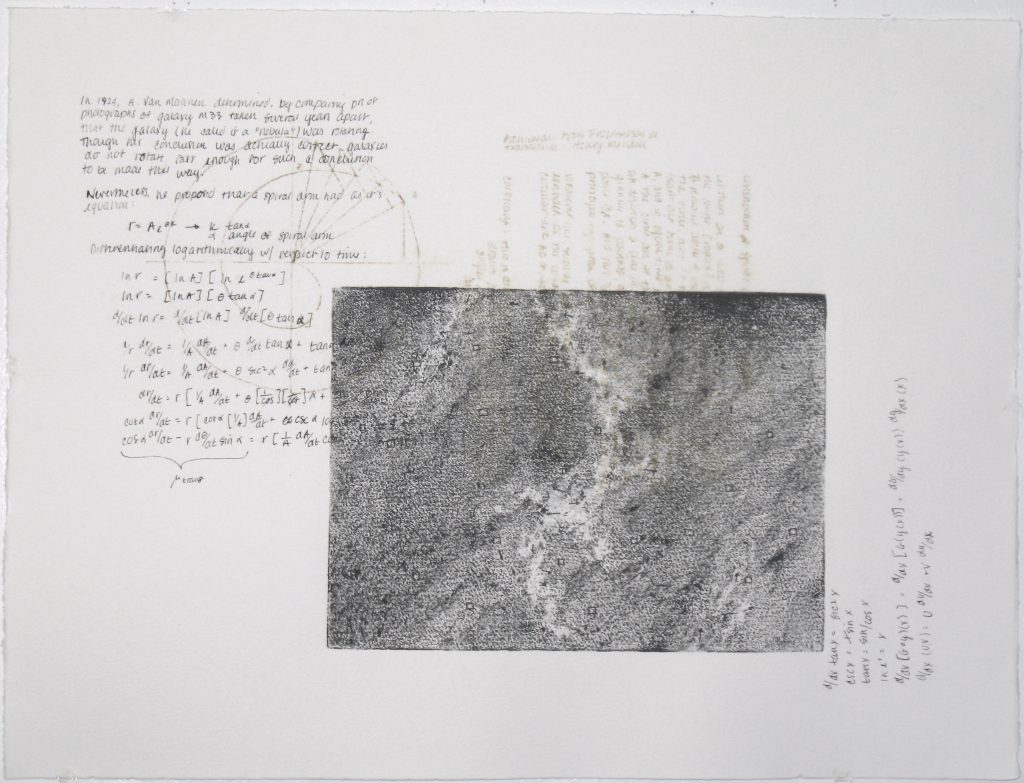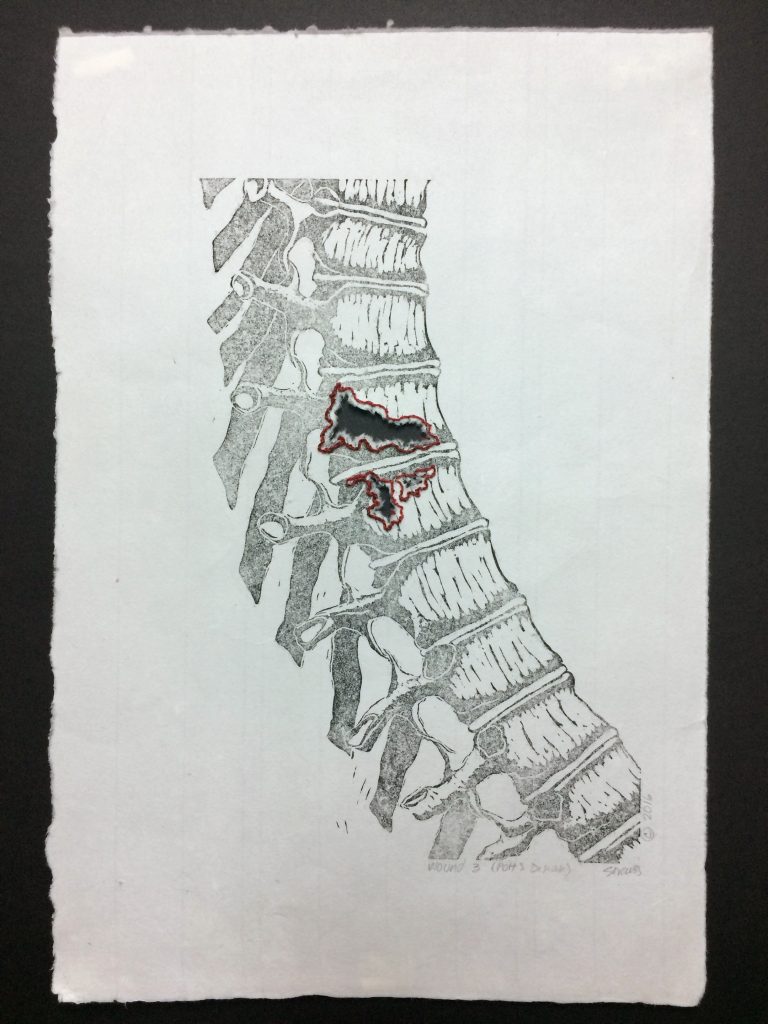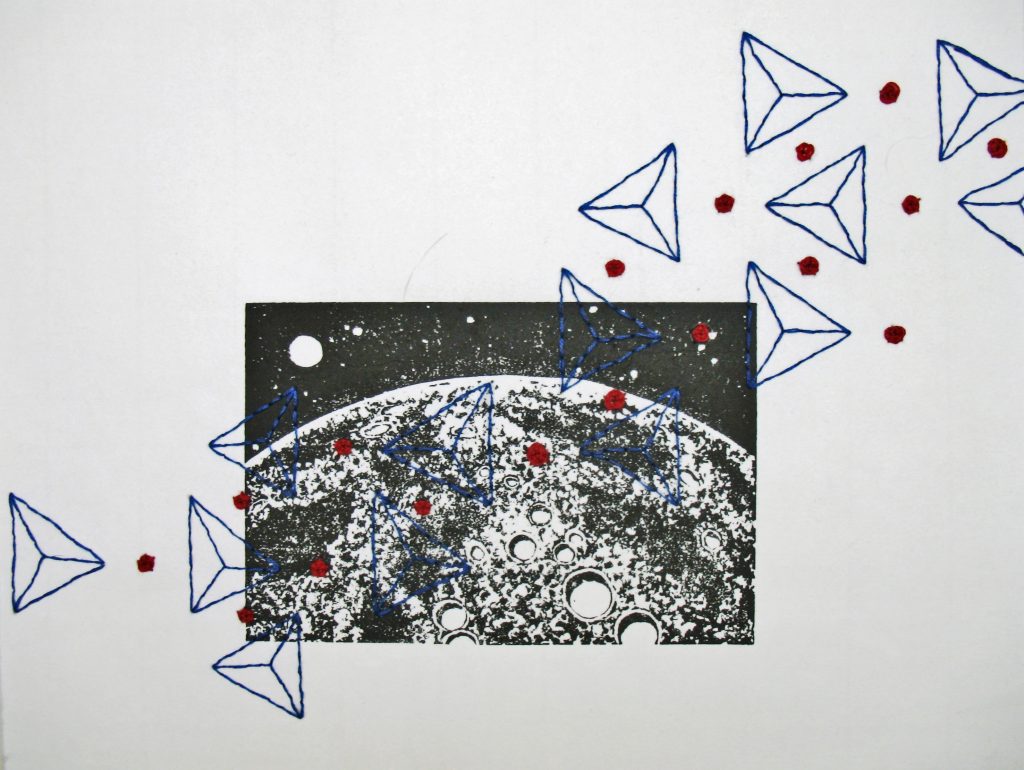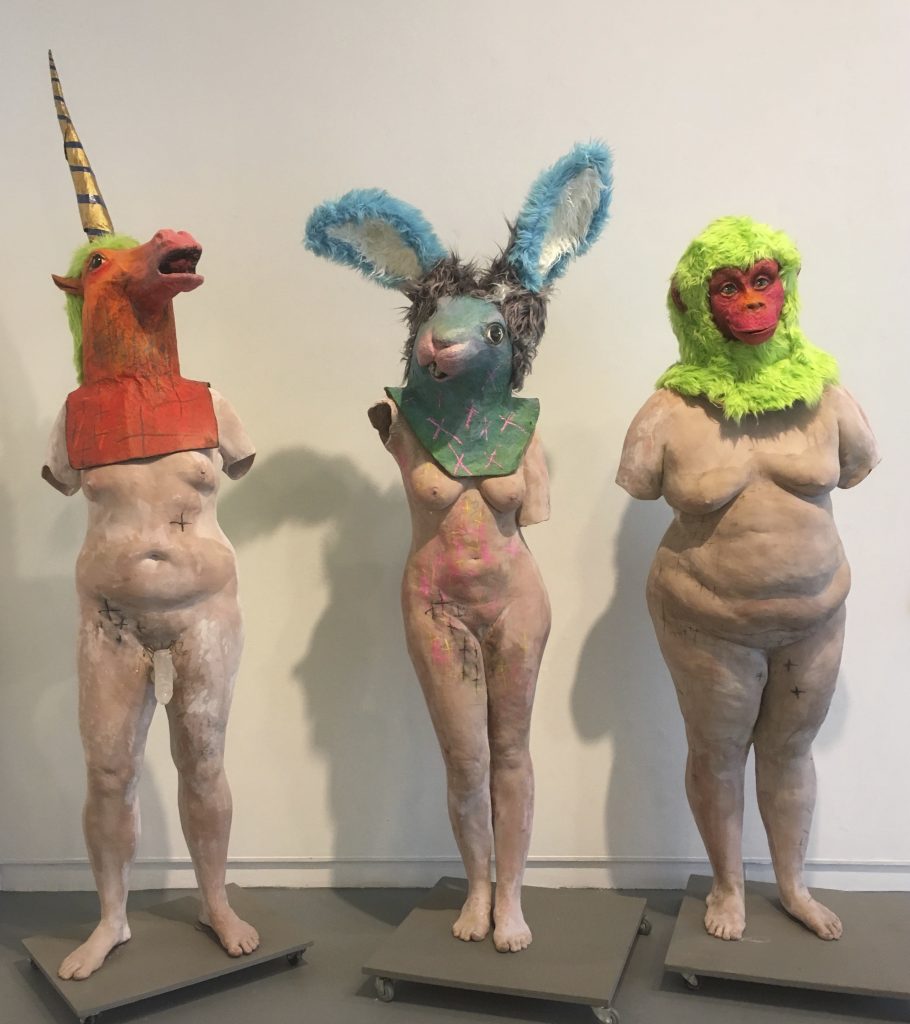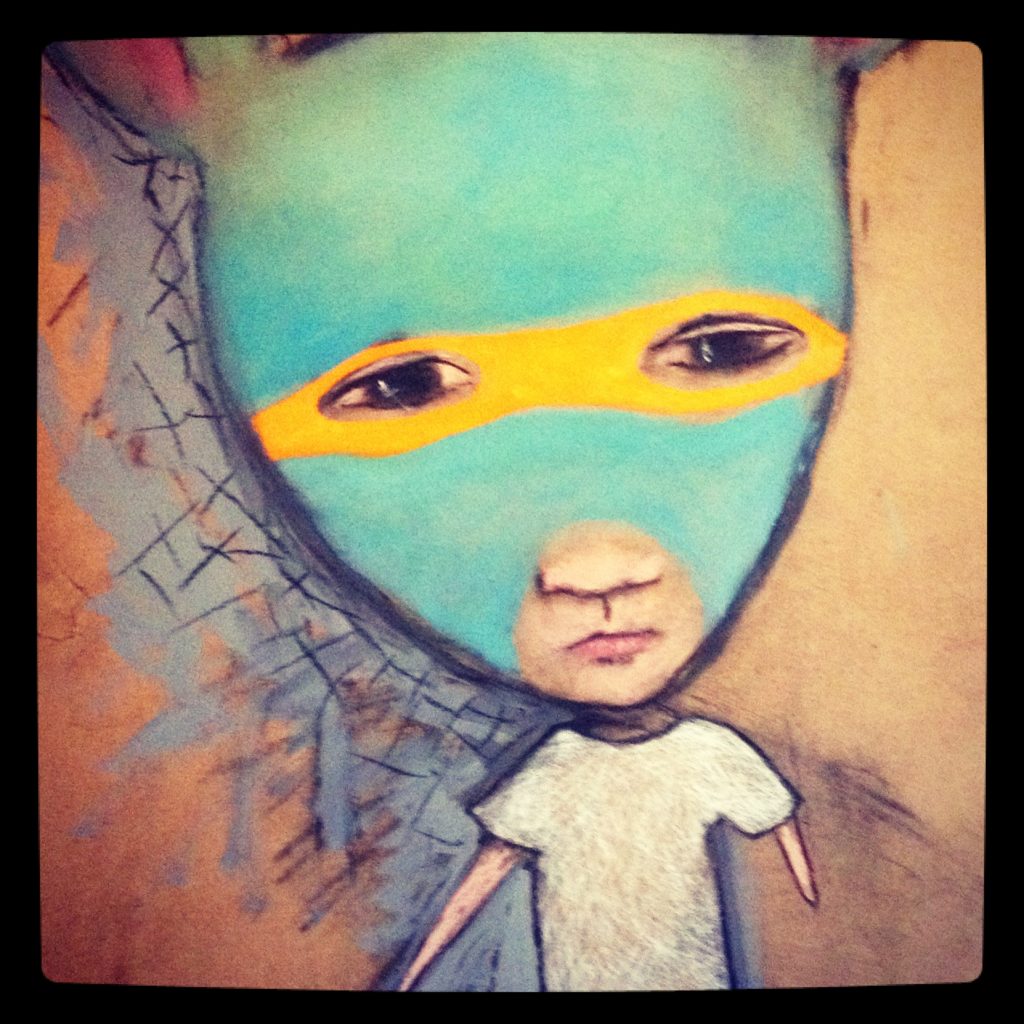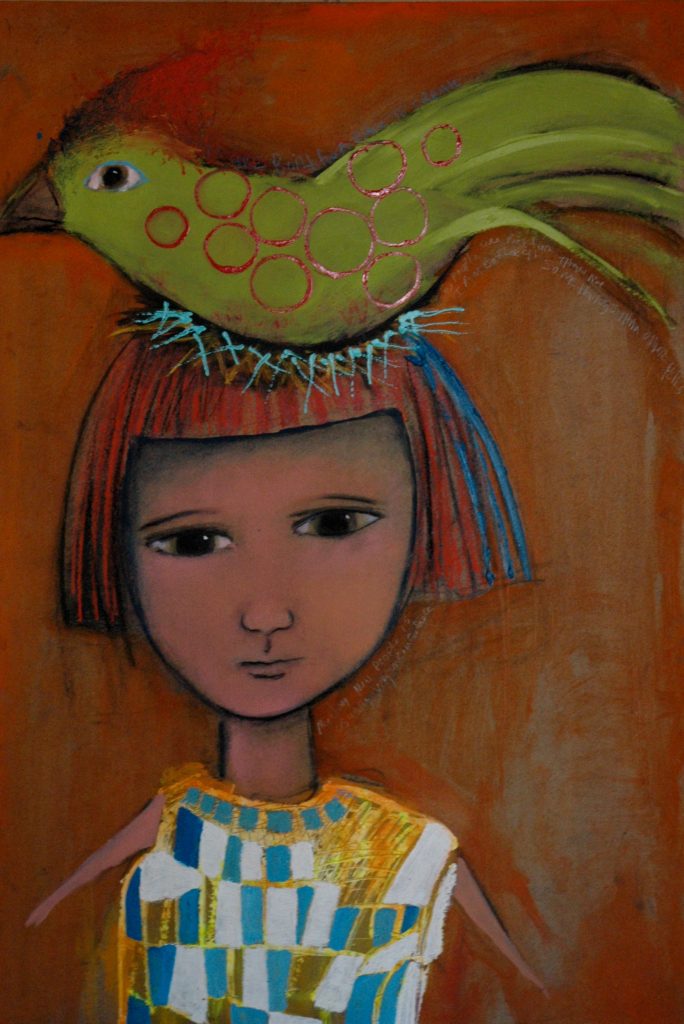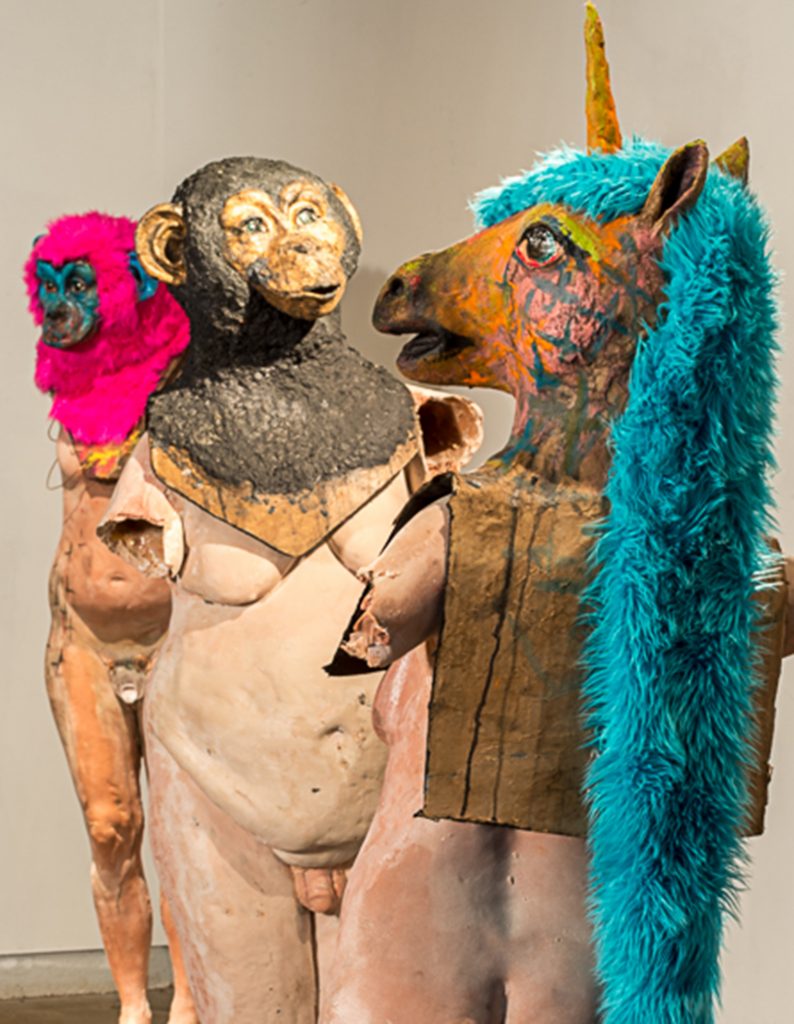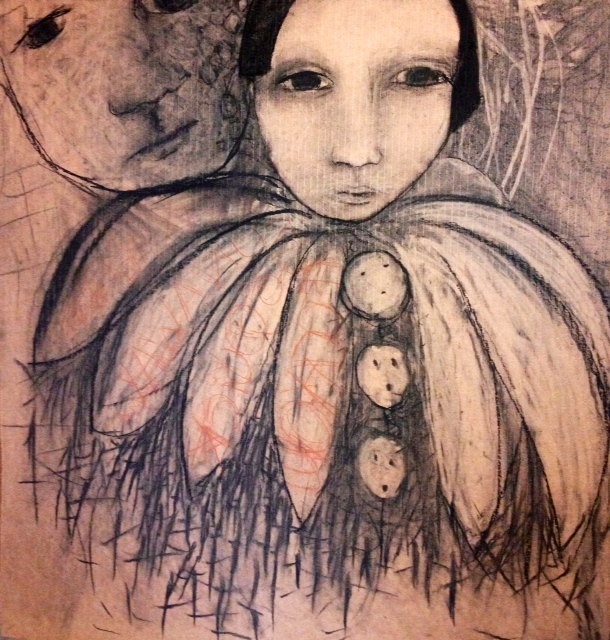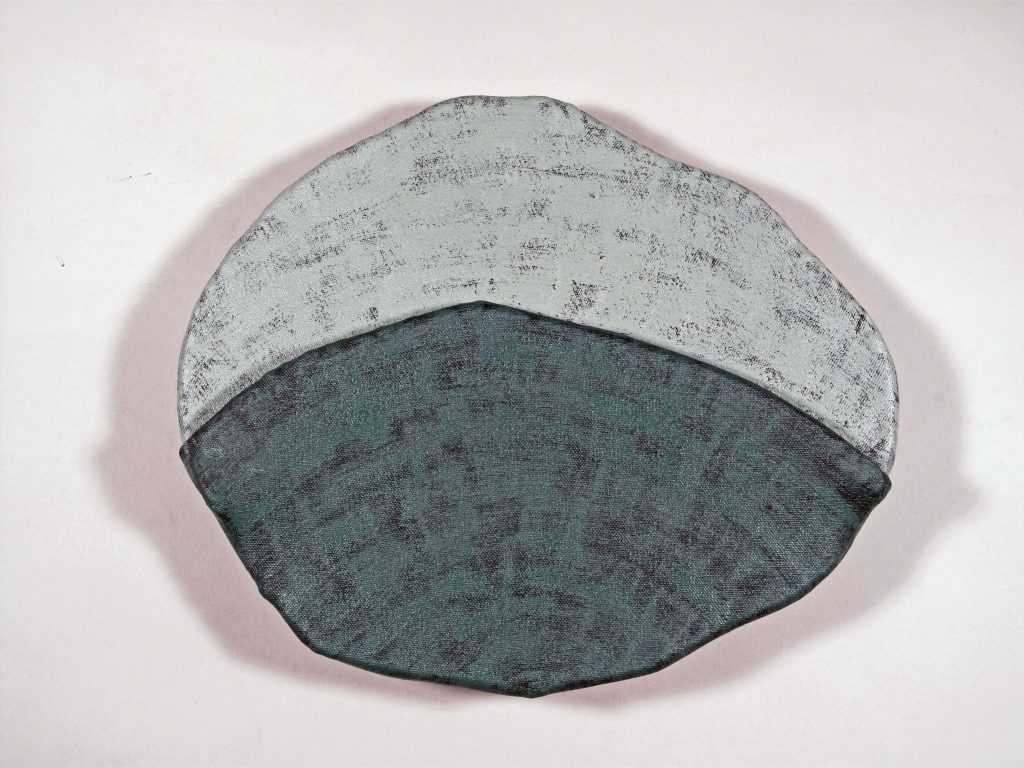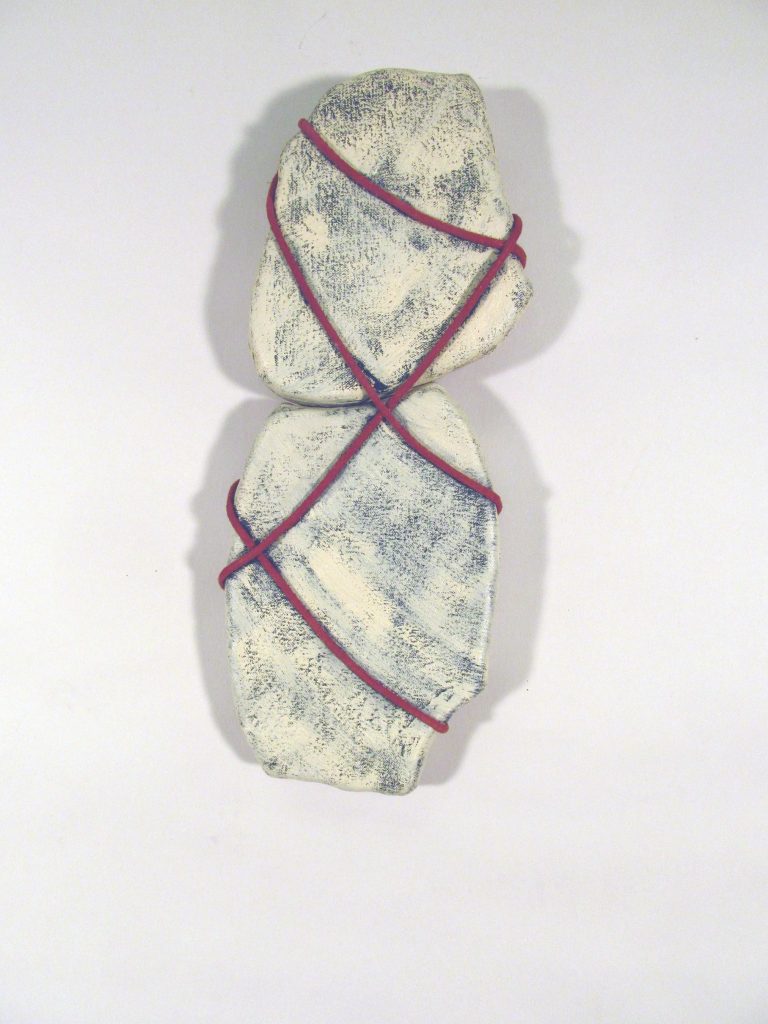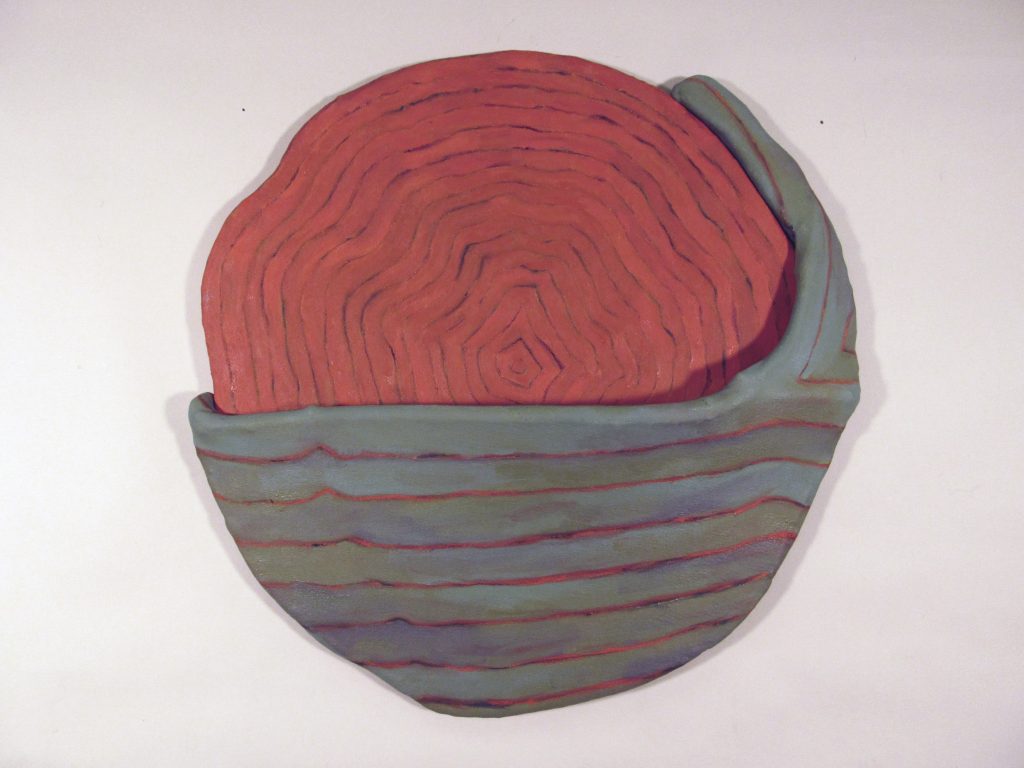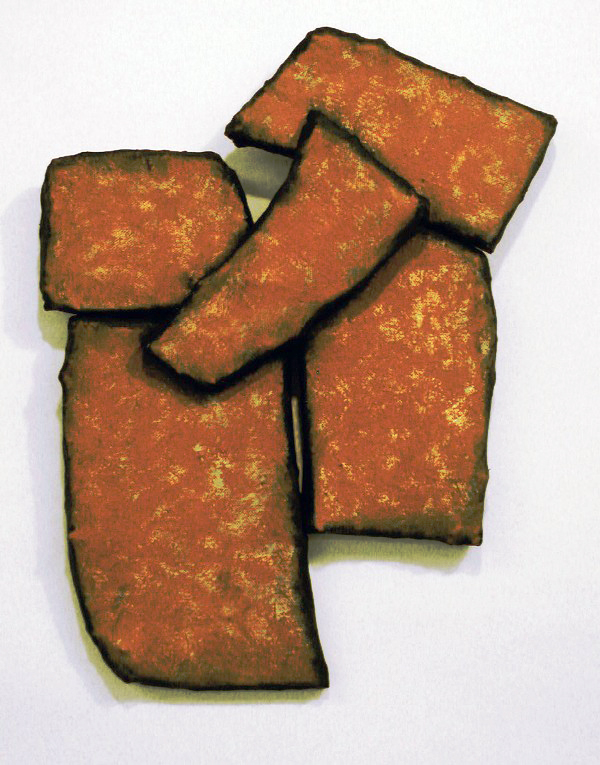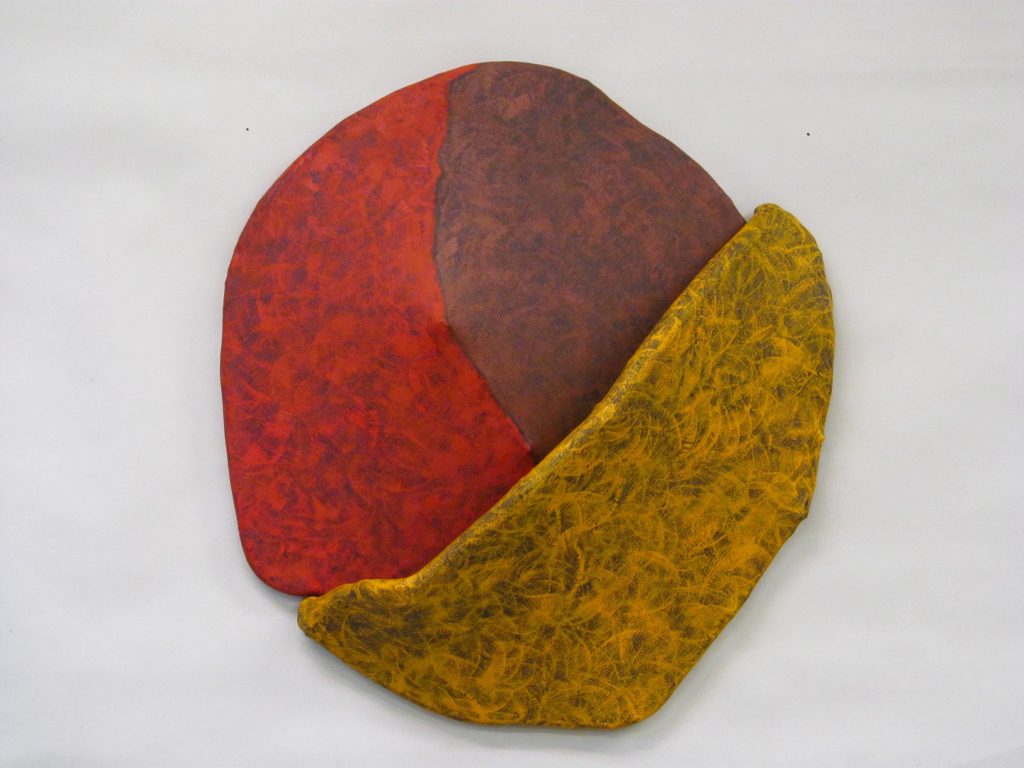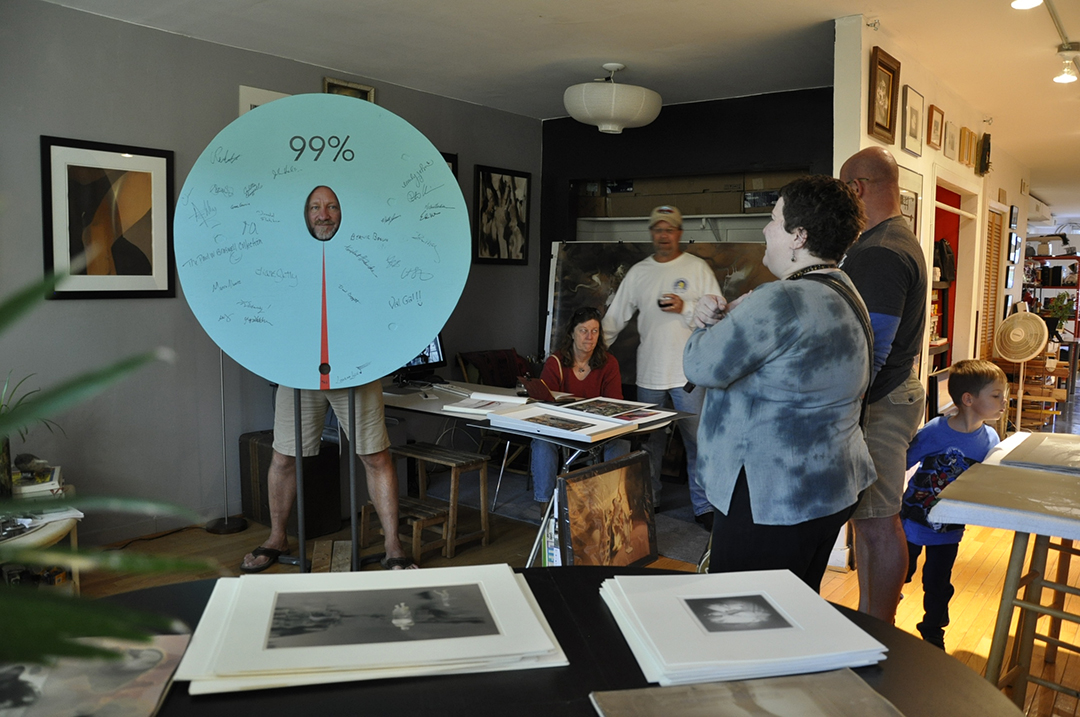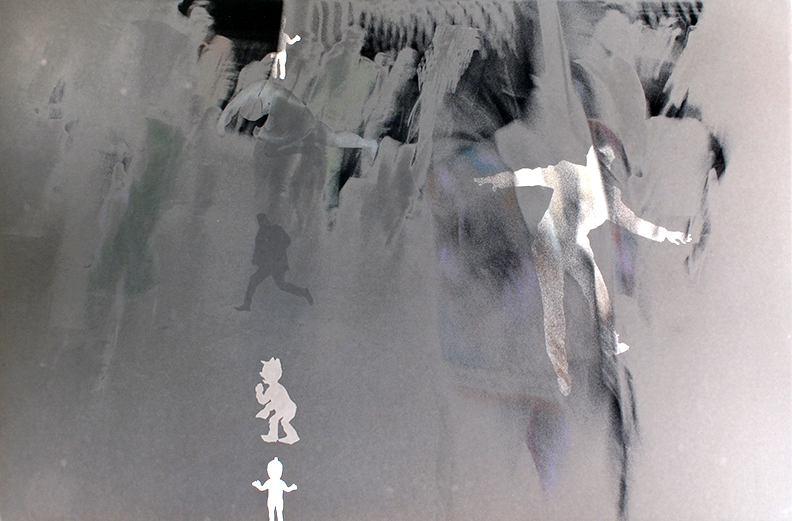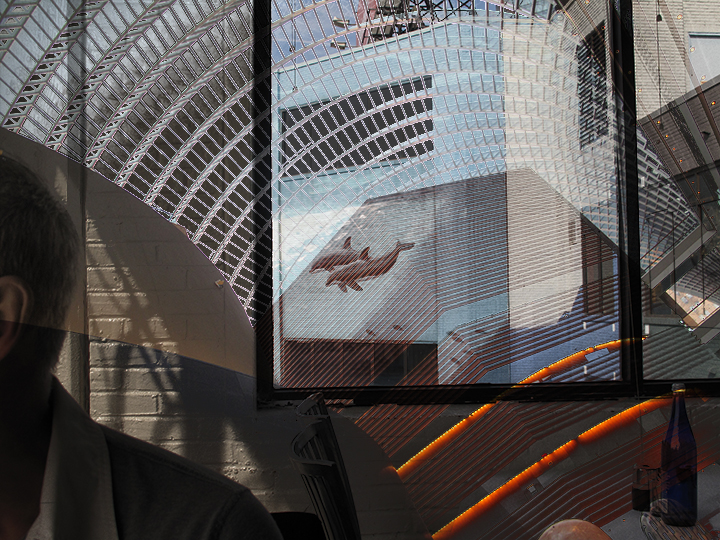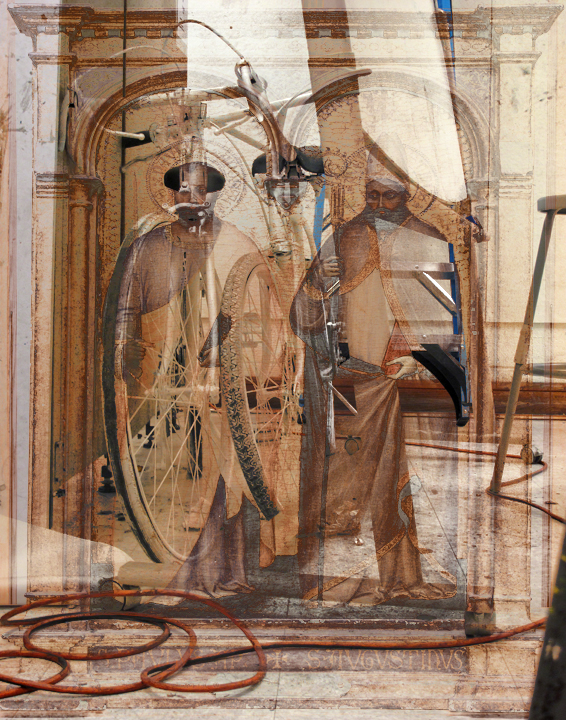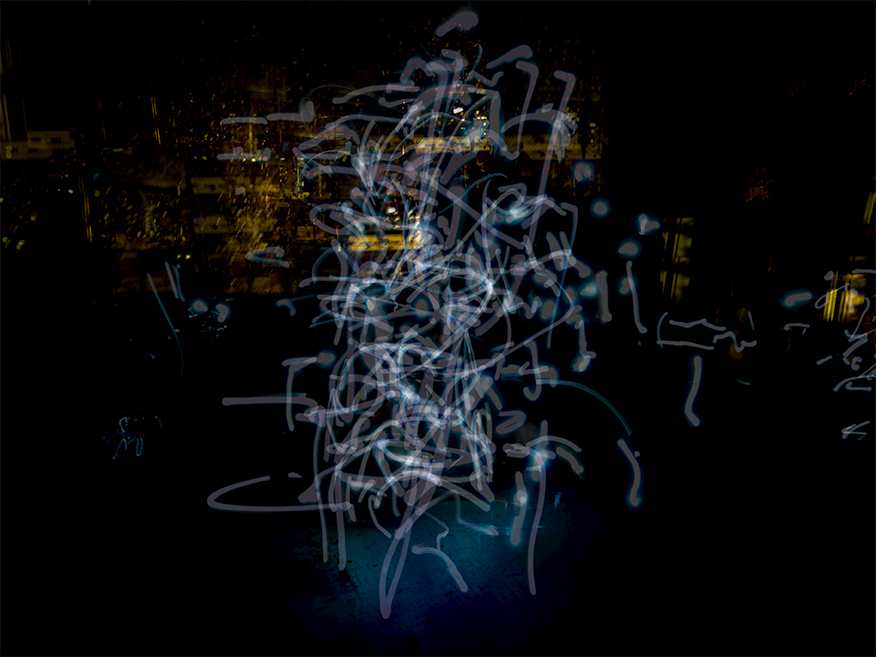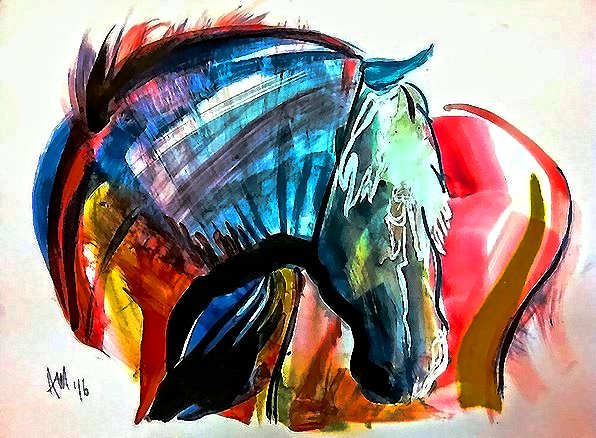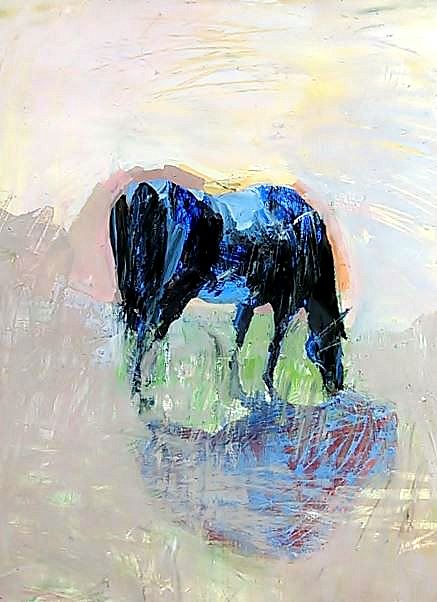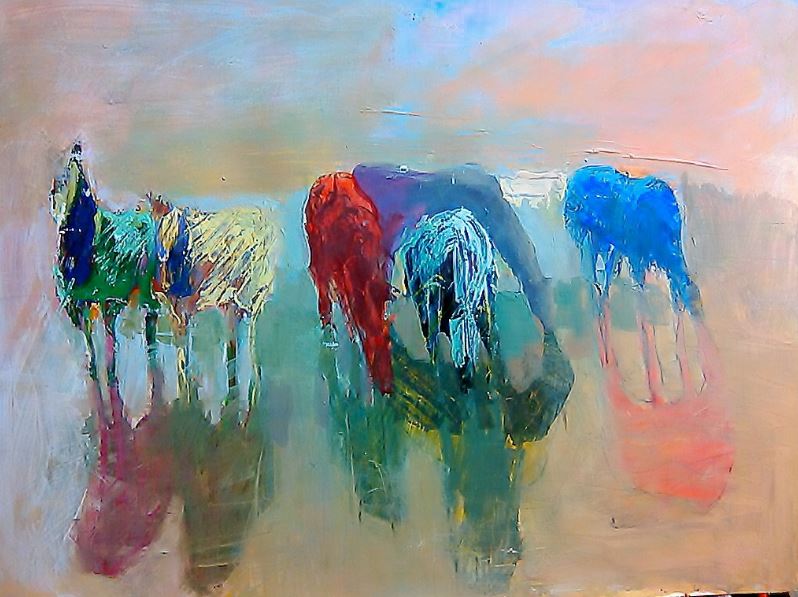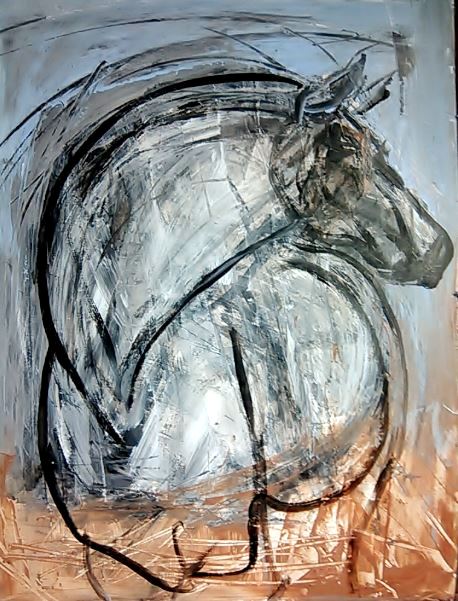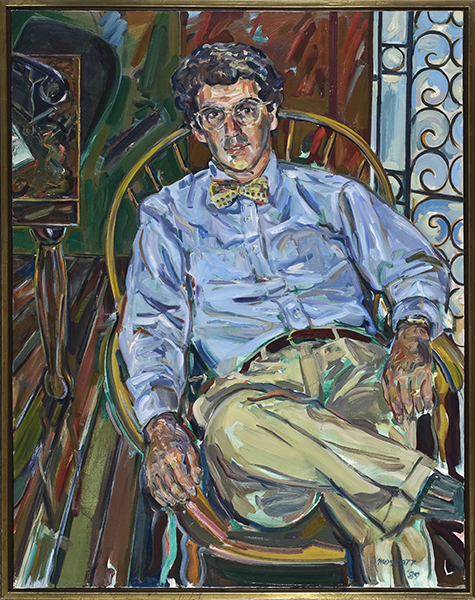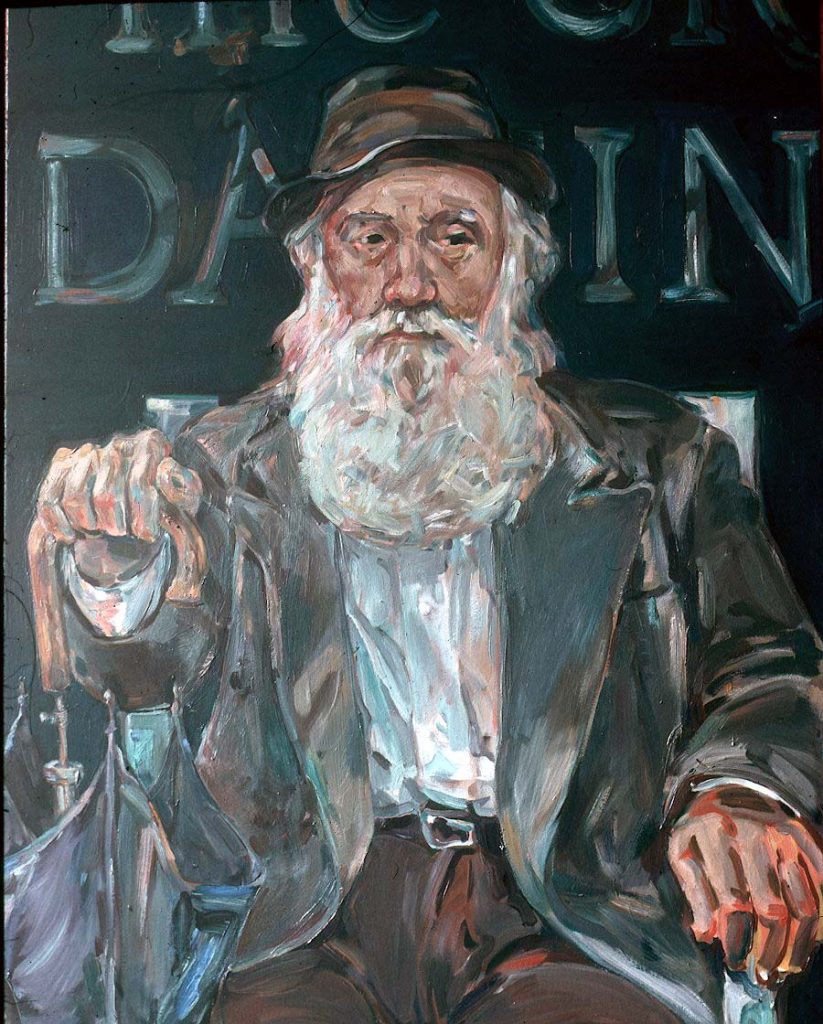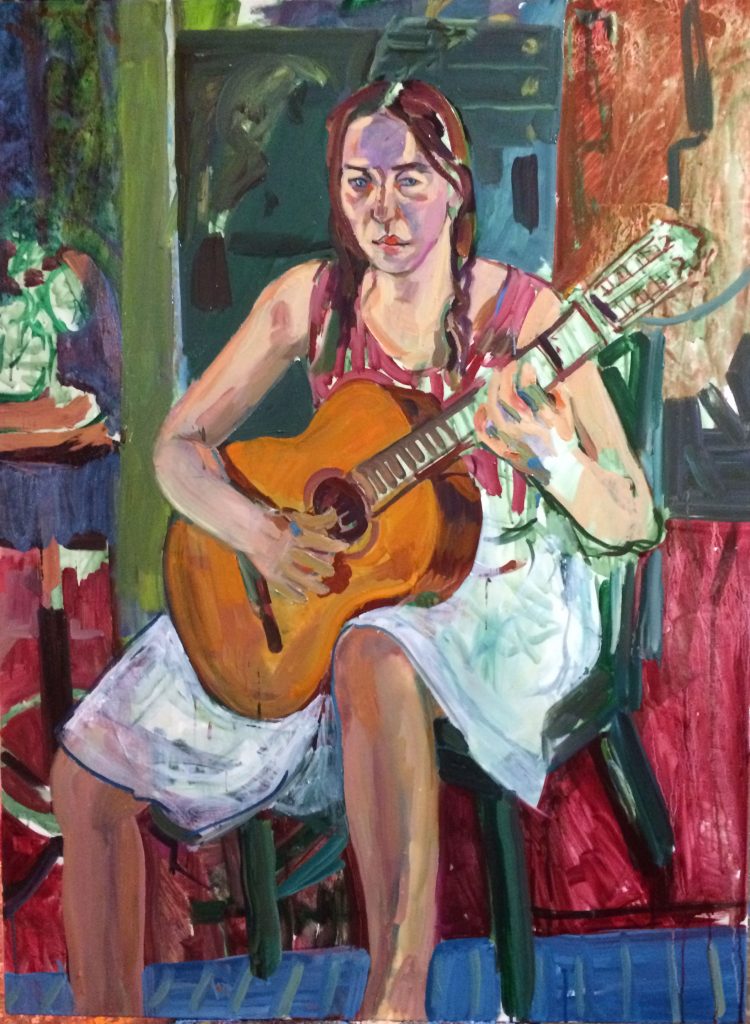Get the inside story on Baltimore’s arts council, events agency and film office and how it operates with executive director Bill Gilmore.
Q. Tell us a little bit about the history of BOPA and how it came to be the organization that is today.
A. In the 1970s, the office was originally known as the Baltimore Office of Promotion & Tourism because we managed the tourism business back when there really wasn’t a lot of tourism product in Baltimore. Things were just getting started at the Inner Harbor, before Harbor Place, the only things that were down there were the Constellation and the Science Center. Then when the Convention Center was built, they established what was called the Baltimore Convention Bureau, which managed meetings and conventions. In the late 80’s, the Convention Bureau took over the tourism function to create the Baltimore Area Convention and Visitors Association, so we dropped the “T” and operated as the Baltimore Office of Promotion for a number of years. During the O’Malley administration in the early 2000’s, we added the “A” by combining the Mayor’s Advisory Committee of Arts and Culture with our office to become The Baltimore Office of Promotion & The Arts.
Q. Can you tell us a little bit about your background, and when you began working at BOPA?
A. I started in 1980 as a graphic designer. I was recently out of the Master’s program at the University of Baltimore and was hired as a part-time graphic artist. Over the course of time, I moved into the art director position, then the opportunity came to become what was then the promotions director, responsible for all the special events. I became the deputy director in the late 1980s, and during the Schmoke administration I was appointed director. So it was a combination of right place, right time, and opportunity.
Q. What does BOPA do specifically for artists and cultural organizations in Baltimore?
A. Obviously we’re a funder, and we’ve been very fortunate to have secured the resources to support programs like the Transformative Art Prize, the Sondheim Prize, our newly created Municipal Art Society Public Art Prize, and the City’s Creative Baltimore Fund. We have programs and grant dollars to actually commission work from artists, and through our events like Artscape, Light City, and the Book Festival, we are able to engage the arts community through commissions, programming and performances. We hire a lot of arts educators to staff Bright StARTs and our other arts education initiatives. Every day we get emails or the phone rings from artists or arts organizations that are looking for resources, advice, or opportunities to collaborate.
Q. With only a 50-person staff, how does BOPA manage to coordinate all of its programs? (more than 30) while serving as the city’s arts council, events agency and film office?
A. The dedication of the staff, without question, is the #1 ingredient to make all of our programs successful, because you can administer a lot of things and not have the success and positive outcome that we have. People tend to really get into the rhythm of the organization and events that we do annually and seasonally and enjoy making such a positive impact. Our job is to provide a diversity of opportunity, fun events and educational programming. It has a profound impact on the quality of life for the people who are living here and working here, and brings joy to people who are visiting. So, it’s a lot of work, don’t discount that, but I think the team effort and positive outcome is what motivates us and keeps things moving forward.
Q. What is the most rewarding thing about being BOPA’s Executive Director? Would you say it’s contributing to the positive impact on the city and quality of life?
A. Yes, on many different levels. I think a lot of people don’t realize the jobs that we help facilitate. I mentioned the artists and performers that we hire, but that has a lot of residual effects to secondary spending. A big part of our budget goes into the local economy, and we’re providing job security for a lot of artists. And I think it’s rewarding just in its diversity, we do so many different things and there’s always that next big event.
Q. What is your favorite thing about Baltimore?
A. Baltimore is a wonderful place to live. Its geography, being on the water in the mid-Atlantic region, it’s close to so many different things. I think that the pride that people have for the city manifests itself in so many unique ways artistically, but also there’s a sense of camaraderie and collaboration here. I’ve heard so often from people that have moved here how thrilled they are with how people are nice and want you to succeed. People really want to work together and see things through collaboratively.
Q. What is one thing that you like to do in your free time that people might not know?
A. I like to play with my dog, Archie, a black lab rescue.
Q. What exciting things does BOPA have coming down the pipeline in the future?
A. Light City returns for its second year in March. And hopefully, we’ll be producing an Orioles celebration for the winning of the World Series this year. We last had one in 1983.

